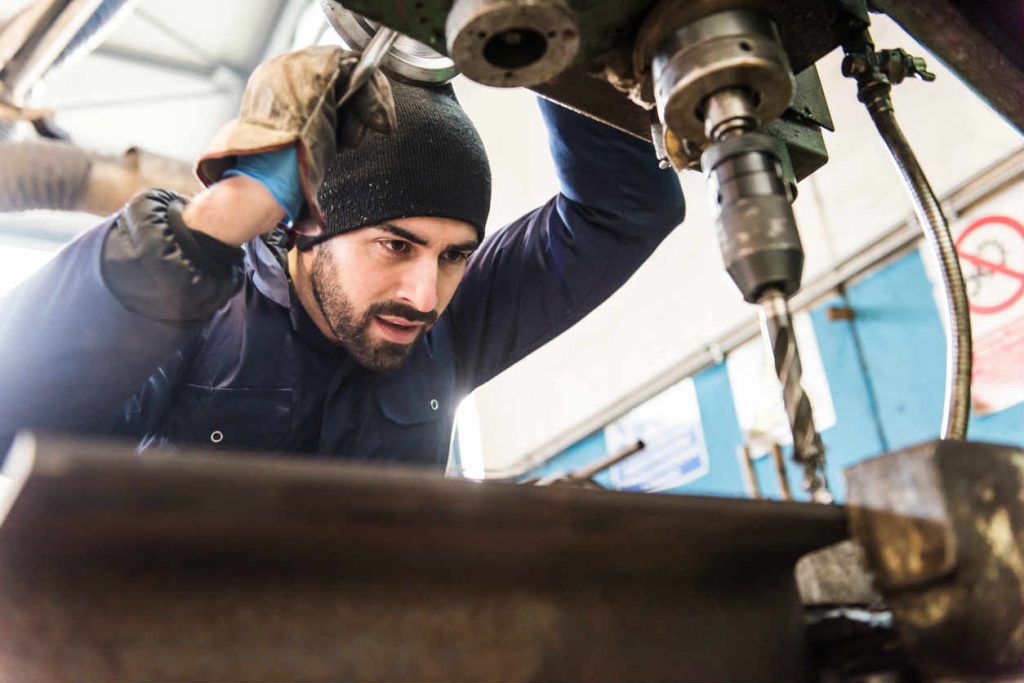Working with machinery necessitates a proactive approach to safety, emphasizing training, maintenance, personal protection, and cultivating a safety-first workplace culture.

Working with machinery in any industrial or construction setting carries inherent risks. However, these risks can be significantly mitigated through adherence to best practices for occupational safety. Ensuring the safety and well-being of employees who operate or work in close proximity to machinery is not only a legal requirement but also a moral imperative for employers. This article outlines some essential guidelines and strategies to promote a safe working environment.
1. Comprehensive Training
The cornerstone of occupational safety is thorough and continuous training. Employees must be educated on the correct operation of machinery, including start-up, operation, and shut-down procedures. Understanding the potential hazards and the importance of using safety features, such as emergency stop buttons, is crucial. Training should be an ongoing process, with regular refreshers to account for any updates in machinery or safety protocols.
2. Regular Maintenance and Inspections
Machinery should be maintained according to the manufacturer’s recommendations and any legal requirements. Regular maintenance and inspections can prevent many accidents by identifying and rectifying potential issues before they lead to failures. This includes checking safety guards, emergency stops, and other protective devices to ensure they are in proper working order.
3. Use of Personal Protective Equipment (PPE)
The appropriate use of Personal Protective Equipment (PPE) is vital for minimizing the risks associated with machinery operation. Depending on the machinery and the environment, this may include safety goggles, gloves, ear protection, and hard hats. Employers must provide the necessary PPE and ensure employees are trained on its correct use.
4. Implementation of Safety Guards
Machinery should be equipped with safety guards to prevent contact with moving parts. These guards should never be removed or bypassed during operation. In cases where maintenance or repair requires the removal of these guards, machinery should be completely powered down and locked out to prevent accidental activation.
5. Clear Signage and Labeling
Clear and visible signage should be placed around machinery to warn of potential hazards and provide instructions for safe operation. This includes warning labels on the machinery itself, as well as signs in the surrounding area to alert workers to the presence of potential dangers.
6. Emergency Preparedness
All employees should be trained on emergency procedures, including how to quickly and safely shut down machinery in an emergency. Access to emergency stop buttons and fire extinguishers should be clear and unobstructed. Regular drills ensure that employees are prepared to act swiftly in an emergency.
7. Fostering a Safety Culture
Creating a culture of safety within the workplace is perhaps the most effective way to ensure the well-being of employees. This involves not only following the guidelines outlined above but also encouraging employees to actively participate in safety discussions, report potential hazards, and suggest improvements to safety protocols.
Speak With a St. Louis Workers Compensation Attorney
Working with machinery necessitates a proactive approach to safety, emphasizing training, maintenance, personal protection, and cultivating a safety-first workplace culture. By adhering to these best practices, employers can safeguard their employees against the risks associated with machinery operation, fostering a safer and more productive work environment.
While adhering to safety best practices can significantly reduce the risks associated with machinery operation, accidents can still occur. If you find yourself injured in a work-related incident, it’s crucial to consult with a legal professional. An experienced St. Louis workers compensation lawyer at the Law Office of James M. Hoffmann can provide the guidance and support needed to navigate the complexities of work injury claims, ensuring your rights are protected and you receive the compensation you’re entitled to.
